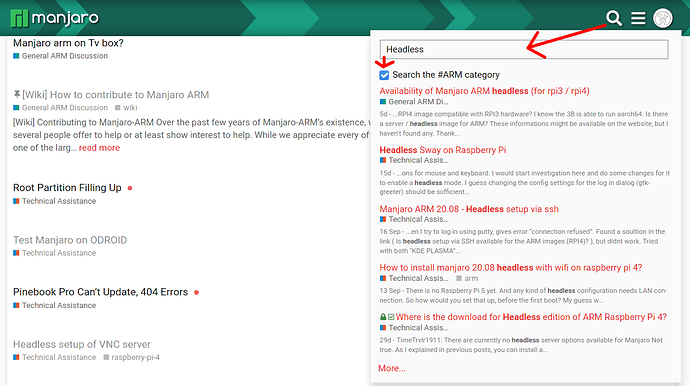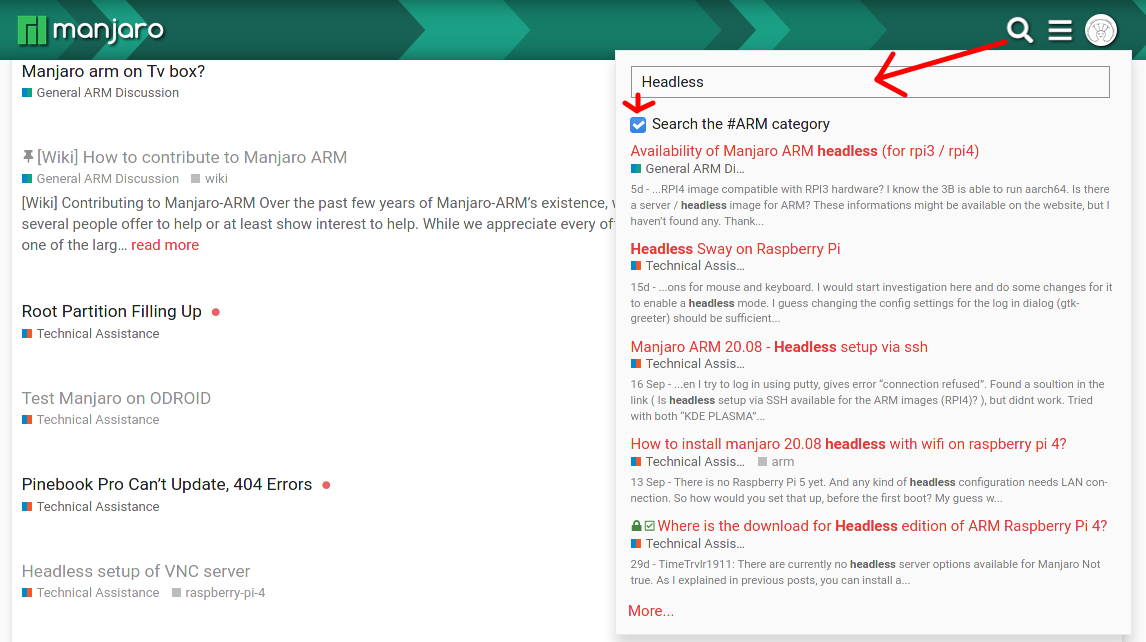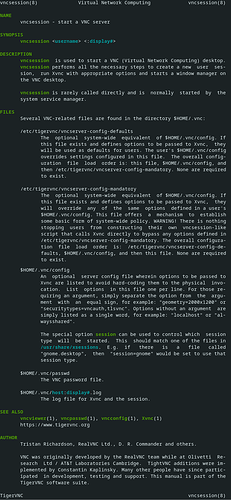

#Tigervnc manjaro android
Here will be assumed that you use this Android VNC client: VNC Viewer (developed by RealVNC Limited).ġ. You may even put this variable to your bashrc or profile so you don't have to always set it manually unless display address will be changed.

Finally, to make programs do graphical output to the display 'localhost:1', set environment variable like shown here (yes, without specifying 'localhost'): It means that X (vnc) server is available on display 'localhost:1'.Ĥ. Log file is /data/data/com.termux/files/home/.vnc/localhost:1.log Starting applications specified in /data/data/com.termux/files/home/.vnc/xstartup New 'localhost:1 ()' desktop is localhost:1Ĭreating default startup script /data/data/com.termux/files/home/.vnc/xstartupĬreating default config /data/data/com.termux/files/home/.vnc/config If everything is okay, you will see this message: Note that passwords are not visible when you are typing them and maximal password length is 8 characters.ģ. Would you like to enter a view-only password (y/n)? n You will require a password to access your desktops.

If you decided to use VNC for graphical output, follow these instructions for properly setting up VNC server.Īt first time, you will be prompted for setting up passwords: To disable this repository, you need to uninstall package x11-repo. It will automatically add appropriate sources.list file and PGP key. You can enable it by running the following command: X11 packages are available in a separate APT repository.


 0 kommentar(er)
0 kommentar(er)
